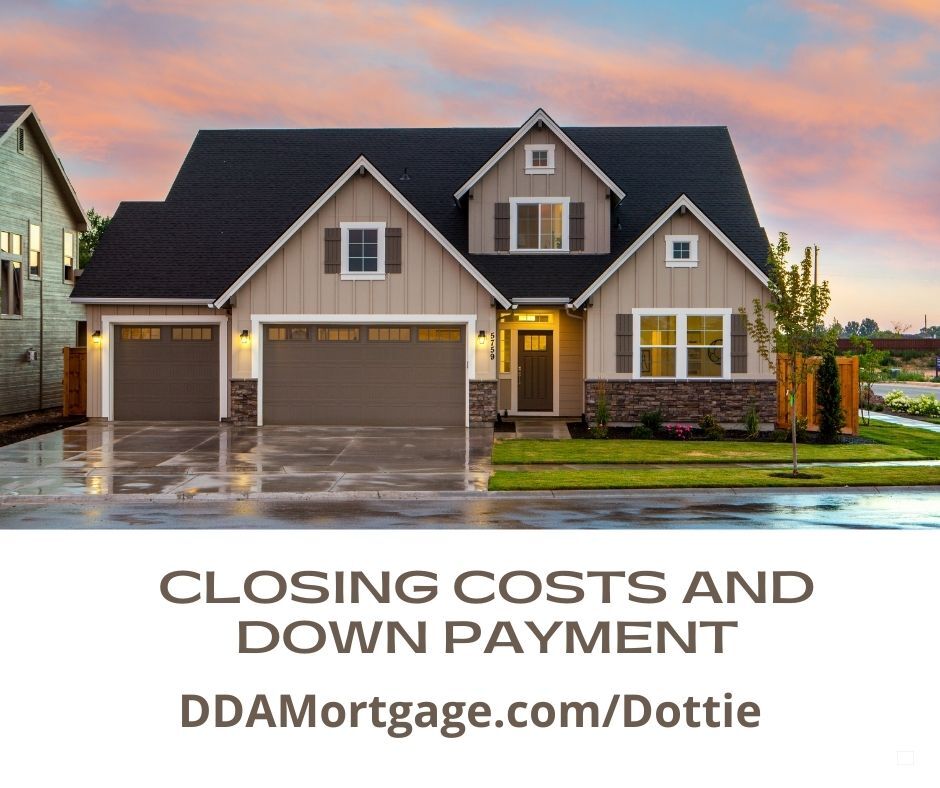Call (727) 784-5555
Getting a mortgage requires some cash on hand. How much you spend is going to depend on knowing the difference between closing costs, your down payment, and how you want to allocate your funds. Closing costs and down payments play a different role in getting a mortgage loan.
Here is the difference;

There is a big difference in financing a SFR (single family residence), Condo and a PUD (Planned Unit Development) and it is important that you are educated upfront!
A Single-Family Residence (SFR) is intended for the use and occupancy of a single-family. They are Fee Simple Estates which is the greatest interest one can have in real property. A Planned Unit Development (PUD) is also a Fee-Simple Estate like an SFR. Most have an interest in common area(s) and amenities such as clubhouse, pool, entranceway, etc., and are part of a homeowners' association.
You pay HOA dues to help keep up the amenities. HOA’s also have what’s known as covenants that are recorded and filed with the state. These layout the rules and regulations of the development.
For example, no recreational vehicles parked in the driveway, or no business vehicles allowed on premises overnight, etc. A Condominium is real property estate where there is an undivided interest in common in a portion of real property along with a separate interest in space called a unit. A condo owner shares ownership along with other unit owners as defined by their "Condominium Plan''. It usually consists of "airspace" within the walls of their unit. This type of ownership does not usually include the actual structure. Financing will vary per property type, especially for condominiums.
Here is why.
When you buy a condo, you buy the interior unit. The exterior of the property, as well as all common areas, are shared amongst all condo owners in the development. Condominiums must meet the following requirements at a minimum related to their ownership and governance to be warrantable. No single entity owns more than 10% of the units in a project, including the developer, at least 51% of the units are owner-occupied, Fewer than 15% of the units are in arrears with their association dues, there is no litigation in which the homeowner’s association (HOA) is named, Commercial space accounts is 25 percent or less of the total building square footage.
To recap:
- No single entity owns more than 10%
- At least 51% of the units are owner-occupied
- Fewer than 15% of the units are in arrears with their association dues
- No litigation in which the homeowner’s association (HOA) is named
- Commercial space accounts is 25 percent or less of the SQ FT
With condos, you have to remember, it’s not just your creditworthiness the lender has to worry about. They also have to worry about the fiscal and physical health of the entire development into which you’re buying.
Non-warrantable condo financing is unavailable via Fannie Mae, Freddie Mac, FHA, and VA so you will need to get with your mortgage professional to further discuss other financing options. Or give me a call, (727) 543-1753. I would be happy to discuss your options.
How do I know if the condo is warrantable or not?
The lender will have to send a form called a “condo questionnaire” to the condo association or management company. The questionnaire allows the lender to determine if the condo meets its requirements for a loan. If the requirements are met, the lender can in turn consider providing a loan to the condo buyer.
There are extra fees required for condo financing. Each condominium management company charges fees for completing this form and the fees can vary from association to association. They can range from $150 - $800 sometimes more. These fees are non-refundable and will need to be paid in full prior to the form being completed. There is another fee that will be collected by the title company at closing for the “Estoppel Letter”. This fee is usually $150-$250.
These letters are normally requested by title insurance companies when a unit is closing to ensure that all assessments are paid up and to prorate assessment contributions between a buyer and seller just like is done with taxes. If the title company does not verify the number of assessments that may be due, the new owner becomes liable for all past assessments and could then make a claim against the title insurance company for contribution. Not only are there additional fees but the rates are typically higher for this type of loan as well as some lenders may require a larger down payment especially if it is a second home or investment property.
It is best practice if you get with your mortgage professional at the time of pre-qualification to make sure that you are completely aware of what is required and what you can expect throughout the lending process.
If you don’t have a broker or lender to talk to, give me a call (727) 543-1753.
To learn more about me, Dottie Spitaleri, visit
https://www.ddamortgage.com/dottie.
Start Your Loan
with DDA todayYour local Mortgage Broker
Mortgage Broker Largo See our Reviews
Check out our other helpful videos to learn more about credit and residential mortgages.





